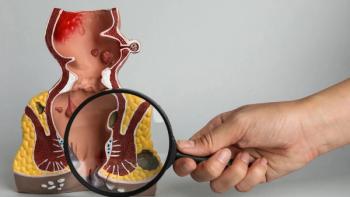
Educating Patients About Cancer Disparities Can Empower Them in Screening and Treatment Decisions
When patients are aware of cancer disparities, it can empower them to be proactive about their care to close the prognostic gap between races.
When individuals are aware of breast cancer disparities, they can be proactive about screening and seeking quality care to ensure the best possible outcomes — and hopefully close the prognostic gaps that exist for certain groups, explained Dr. Beverly Moy.
Moy, who is the clinical director of the Breast Oncology Program at Massachusetts General Hospital in Boston, explained that Black women are 40% more likely to die of breast cancer compared to White women, and the difference in prognosis is even worse for younger women.
“We are making huge strides in advancing breast cancer outcomes and improving survival,” Moy said in an interview with CURE®. “We want to make sure that all of our patient populations benefit from those treatments.”
Transcript
It is extremely important for us to continually empower patients and their caregivers when it comes to cancer treatment screening and issues with cancer equity.
The fact is that if you are from certain underserved patient populations, you're far more likely to die of breast cancer compared to more advantaged populations. For example, if you're a black woman diagnosed with breast cancer, you're about 40% more likely to die of breast cancer compared to white women. And it's even worse, if you're a young black woman below age 50 diagnosed with breast cancer, you're twice as likely to die of breast cancer.
It’s extremely important for us as part of the oncology community to provide the information to patients and their caregivers to empower them to both make sure that they're screening for cancer — for breast cancer, in particular, because it's much more curable have found early — and if you're diagnosed with breast cancer, for patients and caregivers to seek out quality cancer care, because we are making huge strides in advancing breast cancer outcomes and improving survival. So we want to make sure that all of our patient populations benefit from those treatments.
For more news on cancer updates, research and education, don’t forget to




